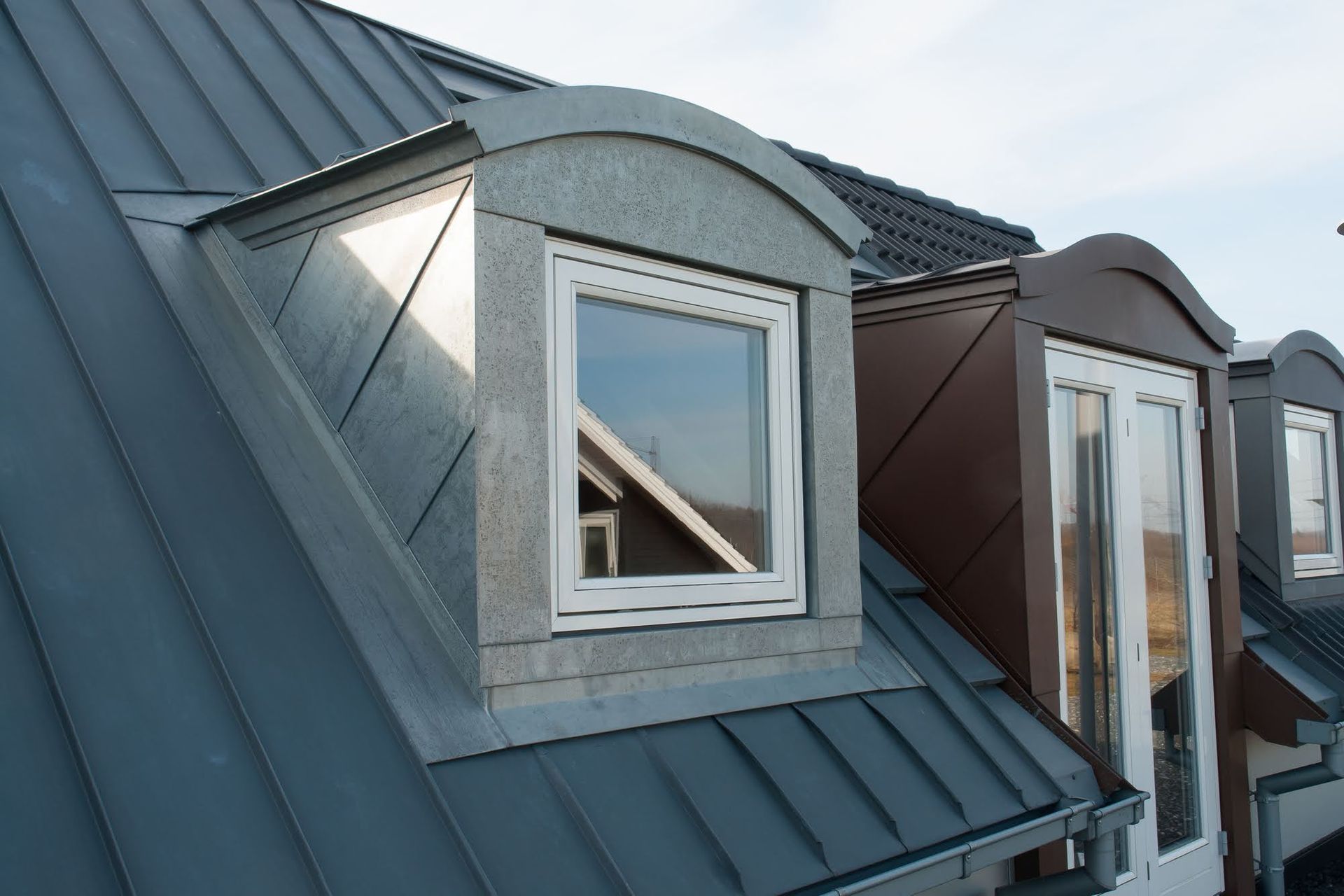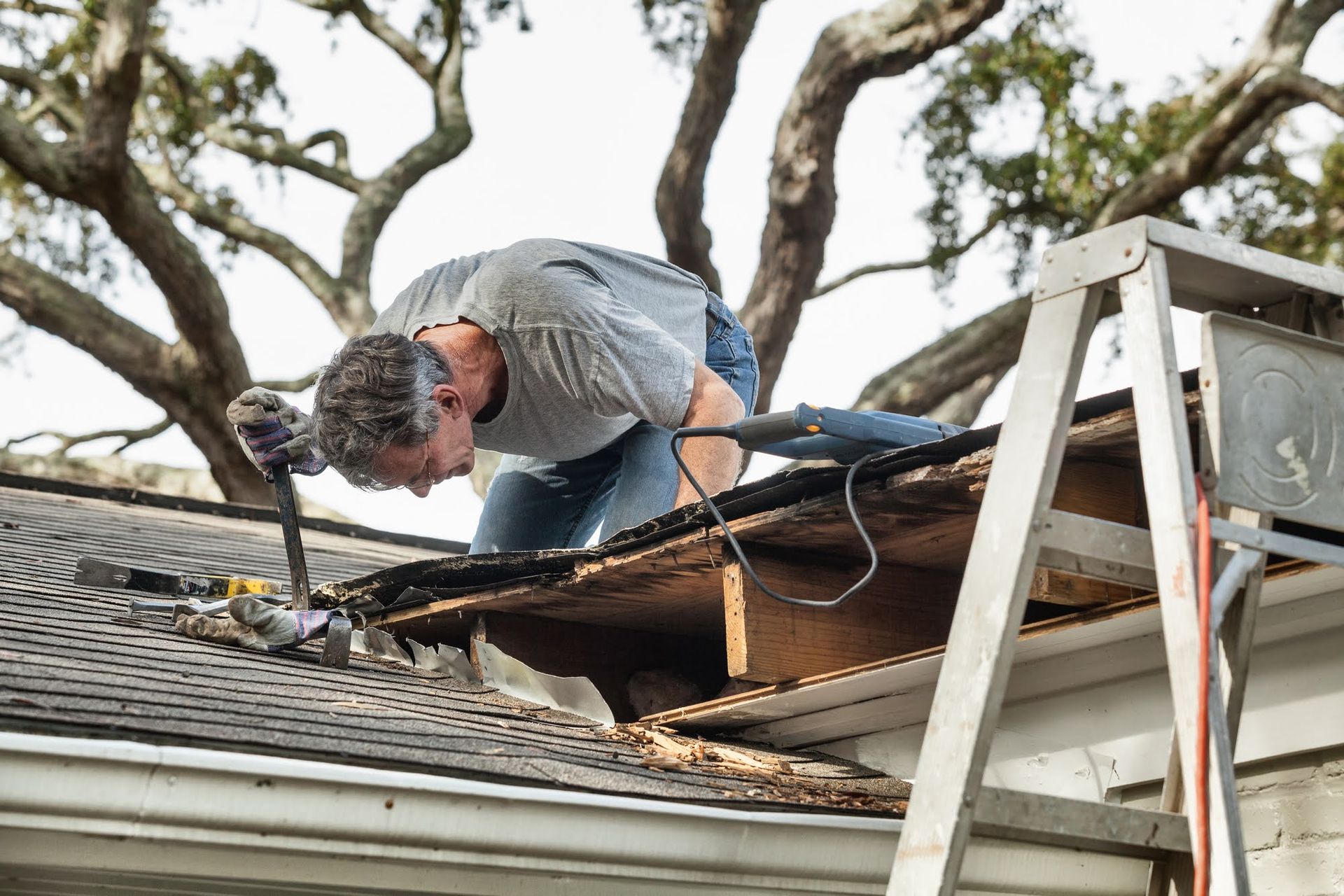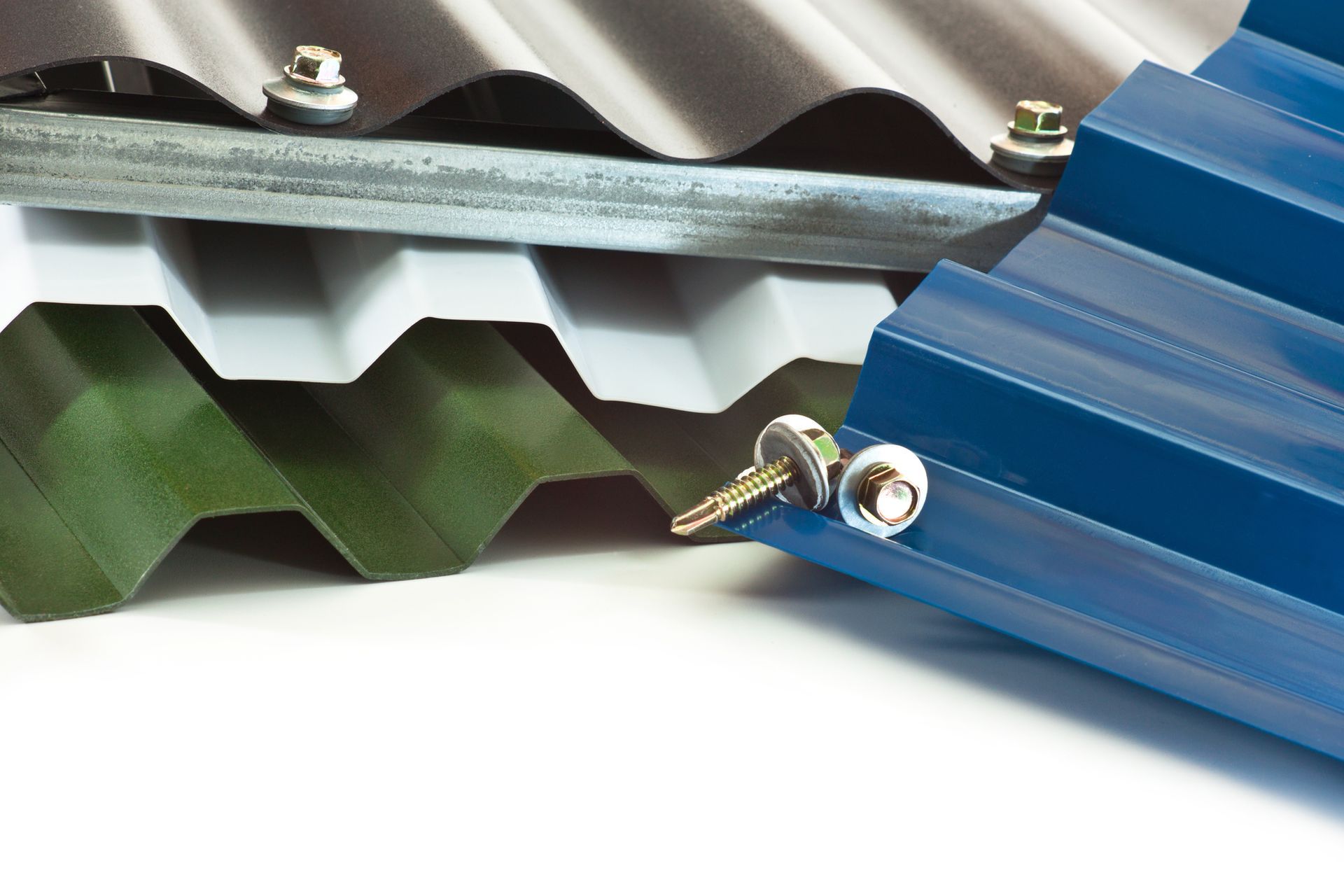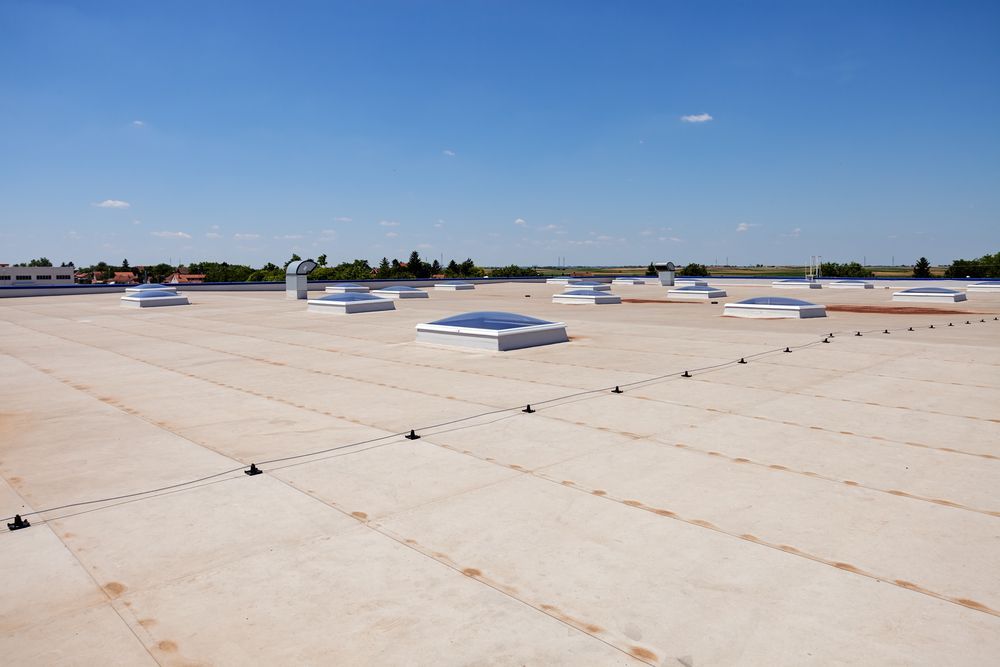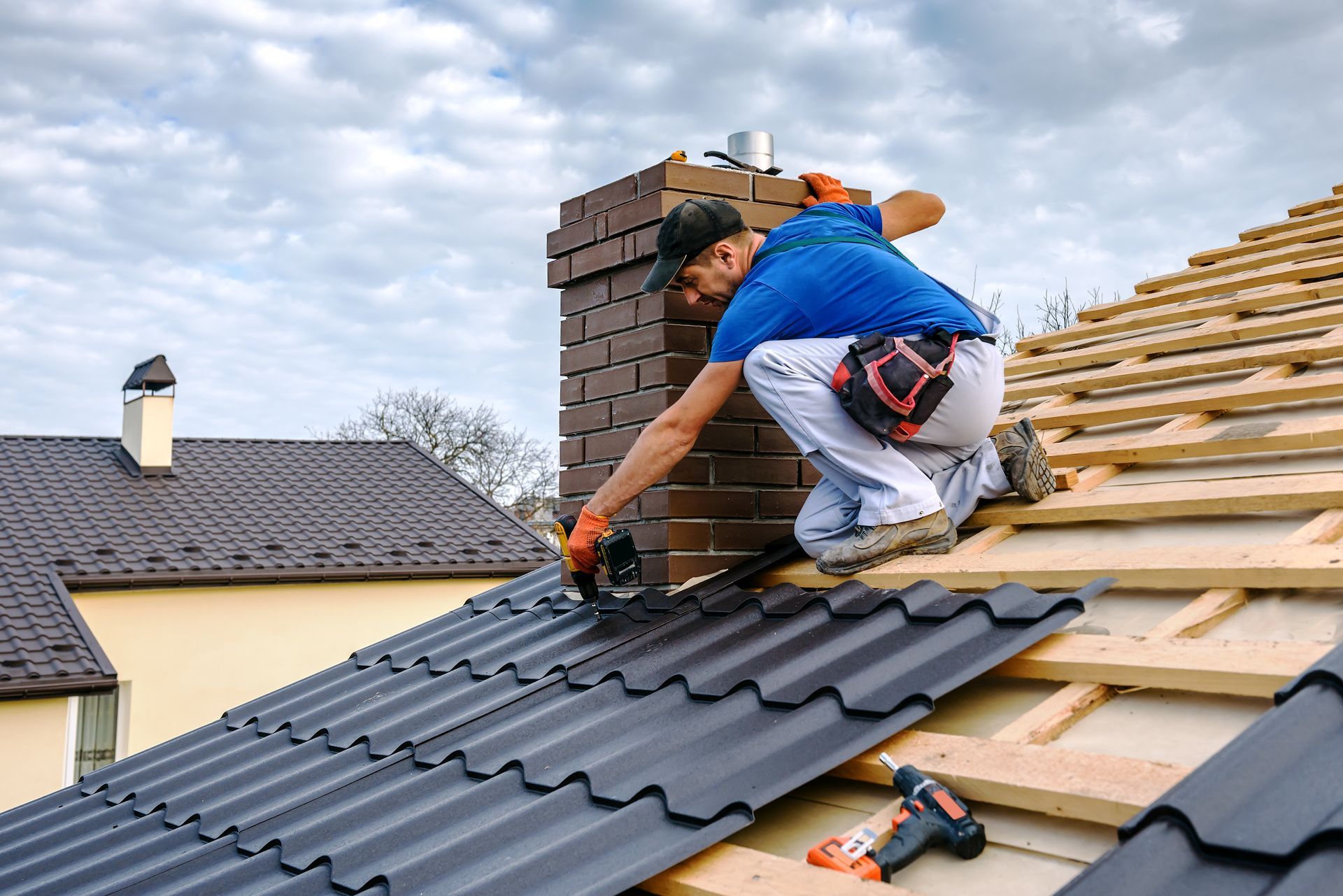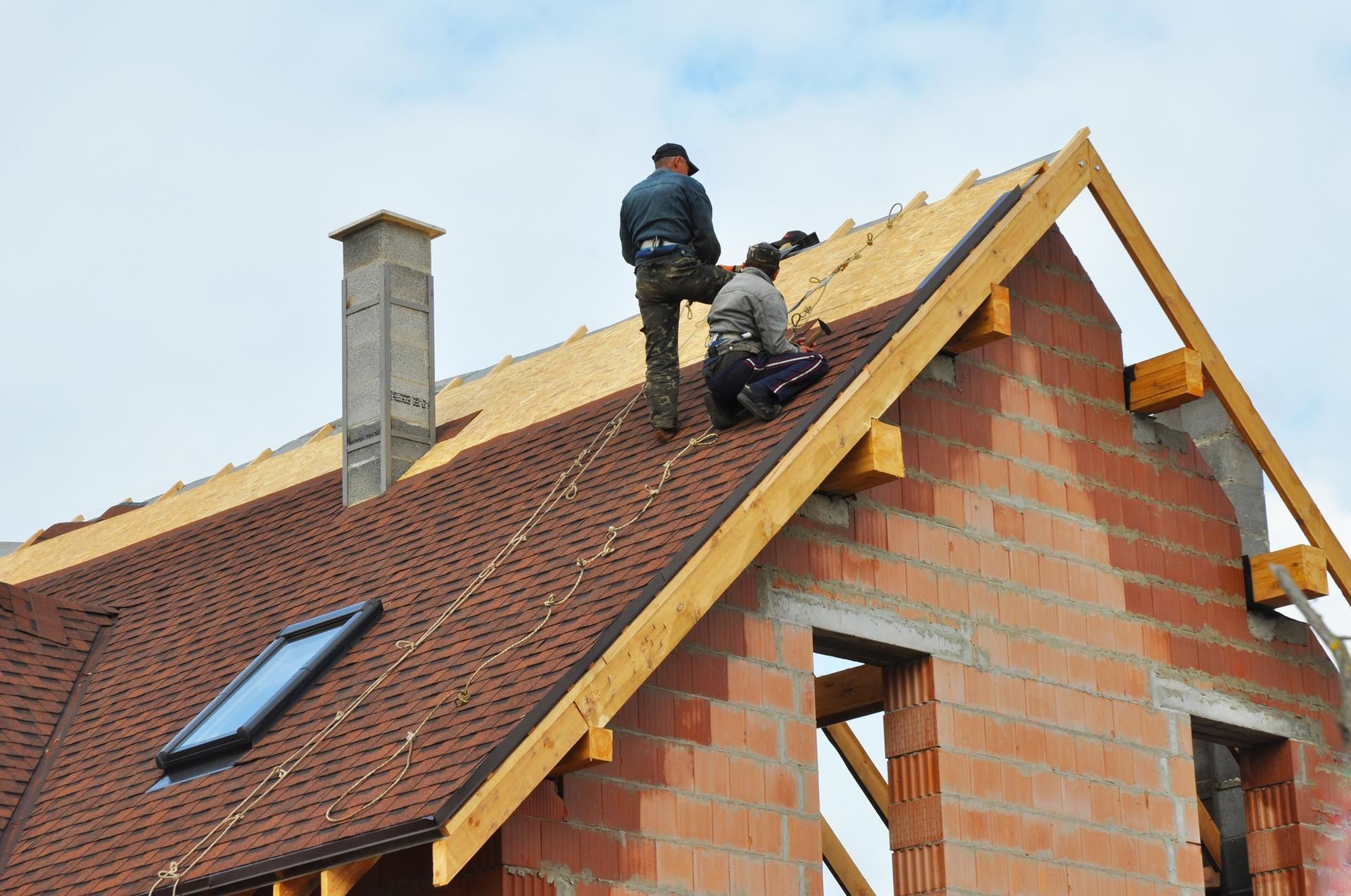An Overview of Metal Roofing in Coastal Areas
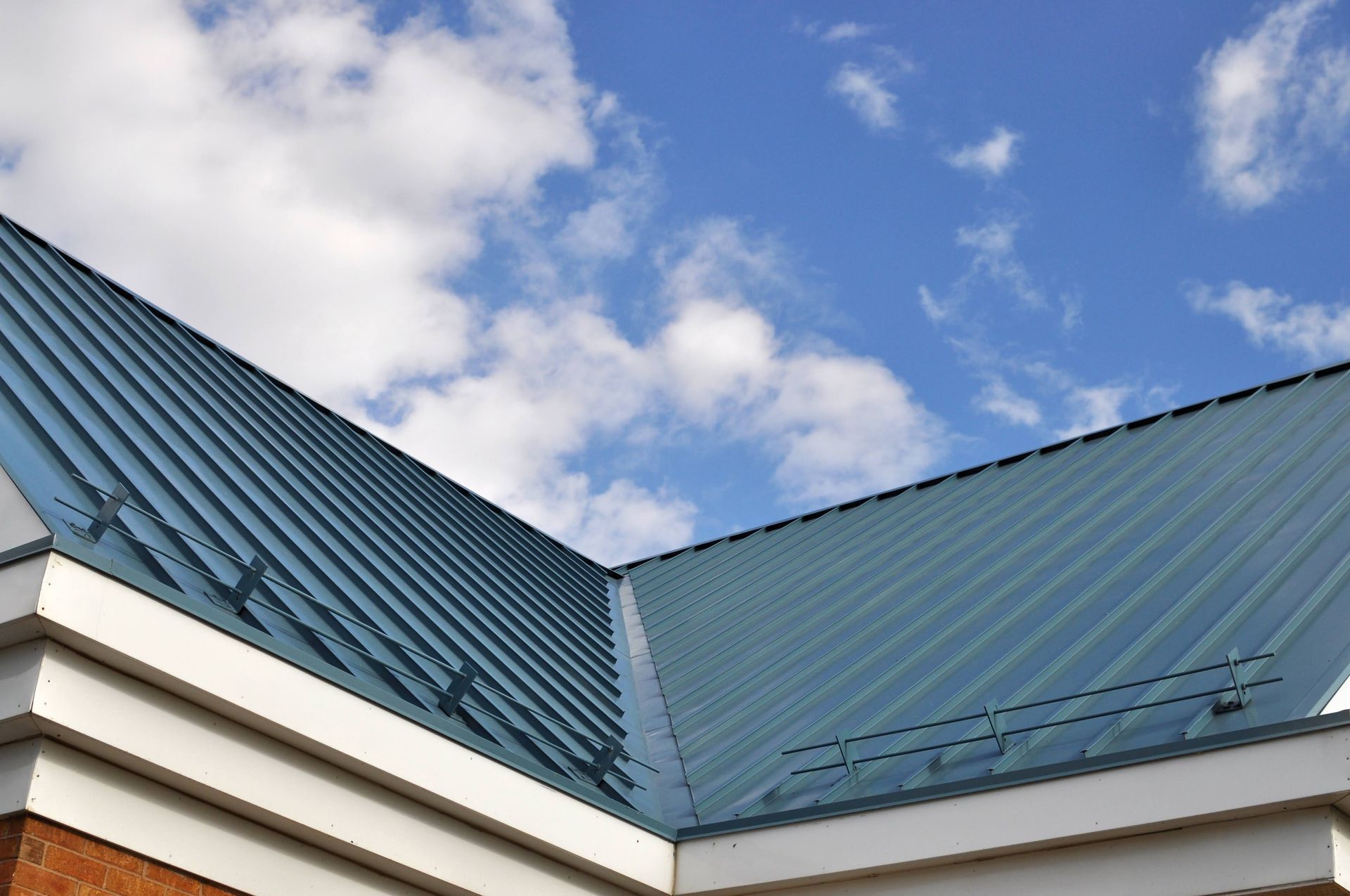
The local weather, climate, and environment affect your roofing system in multiple ways. For example, coastal climates present different threats to metal roofing than other climates. Learn about the threats that coastal metal roofs face and the protective measures you can take.
Threats
Coastal metal roofs face threats from different angles. Below are some of these threats.
Salt
Ocean water is salty. Some salt ends up in the air and settles—among other places—on the roof. Unfortunately, salt encourages metal corrosion, so coastal metal roofs suffer more corrosion than other areas. Although corrosion appears on the roof as discolored patches, the effects go beyond aesthetics.
For example, corroded metal is weak and susceptible to wind damage. Corrosion can also trigger cracks or pit holes that can leak water. Corrosion can even loosen nails or fasteners, making the roof vulnerable to various threats.
Humidity
In addition to salt, high humidity is a constant in coastal areas. Just like salt, humidity accelerates metal corrosion and encourages the effects above. The combination of metal and high humidity accelerates metal corrosion even further.
Wind Damage
Coastal areas tend to experience more windy conditions than inland areas. Though metal roofs are wind resistant, strong winds can uplift roof sections, tear roof sections, or hurl debris on the roof. Windblown debris, such as tree branches, can tear metal sheets. Fortunately, such damages are only common in storm-prone areas and only common with aging roofs.
Color Fading
Coastal areas usually experience more sun exposure than other areas—some of this exposure comes from sunshine reflection from the water. The ultraviolet (UV) rays that are part of the sun's radiation affect some metal's finishing or color, resulting in faded and chalked roofs. The loss of color vibrancy lowers curb appeal over time.
Protective Measures
The coastal environment exposes metal roofs to certain risks, but you can minimize the risks with the right measures. Below are the measures to adopt.
Choose the Right Metal
Some metals fare better in coastal areas than others. For example, copper, stainless steel, and aluminum are corrosion-resistant and will serve you better than others in coastal areas. Your roofing contractor will help you choose the best metal for your area.
Avoid Dissimilar Metal Contact
Galvanic corrosion is an electrochemical reaction that occurs when dissimilar metals touch. The reaction causes the metals to corrode faster than they would separately. Use one metal for the entire roof to avoid galvanic corrosion. If you must use multiple metals, ensure they don't touch.
Use Treated Metal
Metal roofing materials undergo different treatments to prevent damage after installation. Examples include:
- Anticorrosive treatments
- Anti-UV treatments
- Weather resistance treatments
The treatments are available as paints, bitumen, and silicone coatings. Consult your roofing contractor for the best coatings for your area.
Regularly Clean and Encourage the Roof to Dry
The more moisture stays on the roof, the more damage it will create. Encourage any water on the roof to drain as soon as possible. Your roofing contractor will design an efficient drainage system—maintain the roof to ensure the drainage system always works.
Trim trees around the house so it can dry as soon as possible after rainfall. In addition, clean the roof regularly to clear salt deposits and debris that encourage corrosion.
Use Wind-resistant Design
Lastly, opt for a wind-resistant design so the coastal storms don't rip through the roof. For example, a hip roof is more wind-resistant than a gable roof. The hip design encourages wind to flow over the roof while the open side of the gable admits wind that can cause damage.
SRQ Building Services, Inc. can design, install, and maintain your roof taking into account the local conditions. Contact us for all your roofing needs and enjoy our professional services.
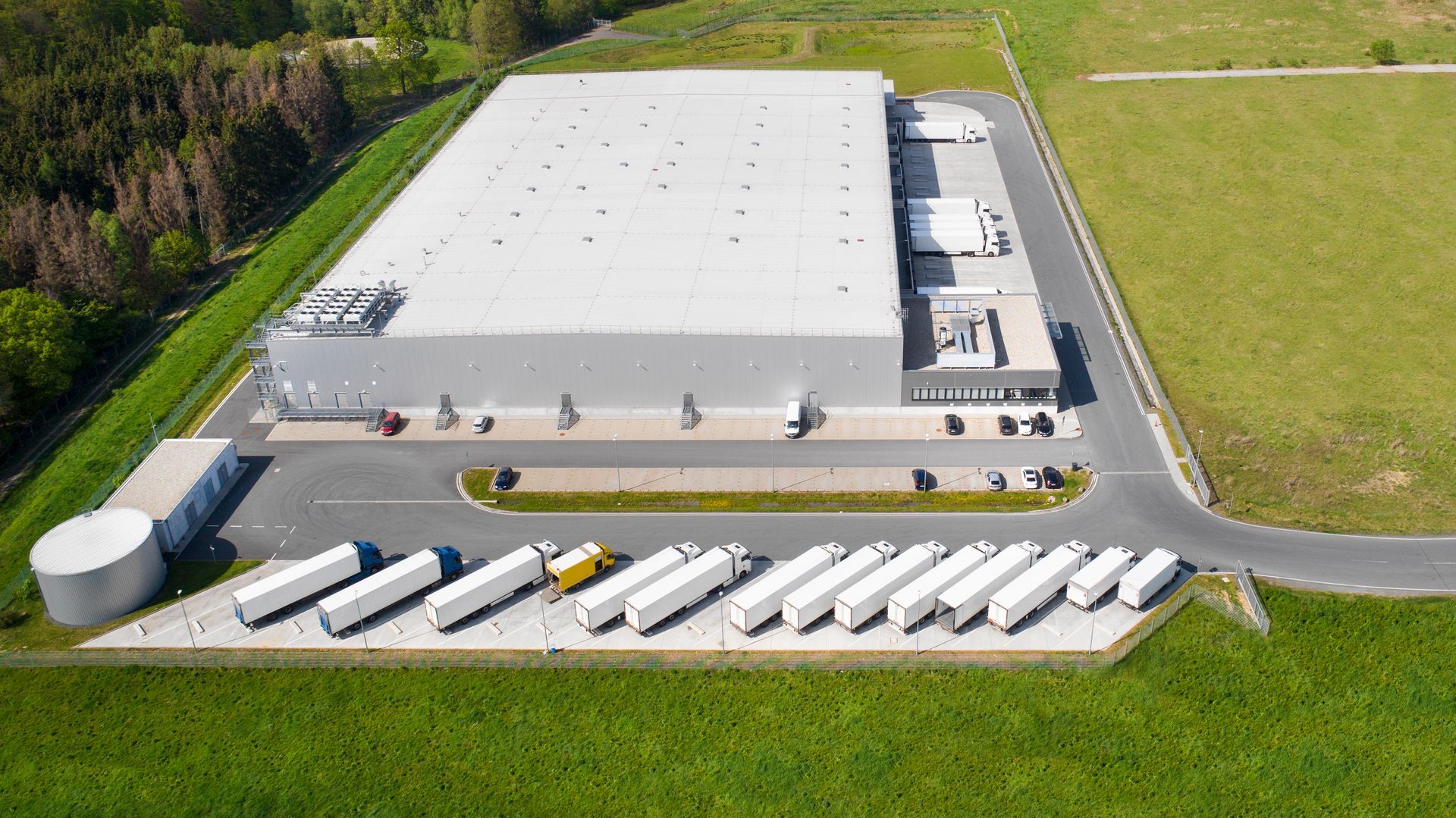

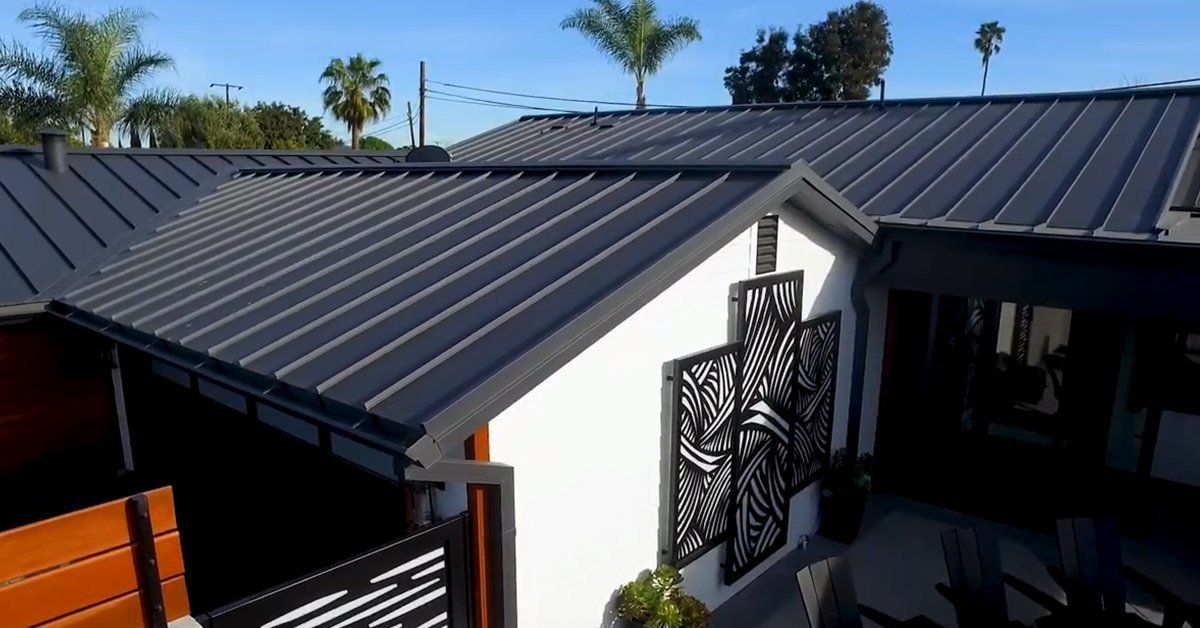
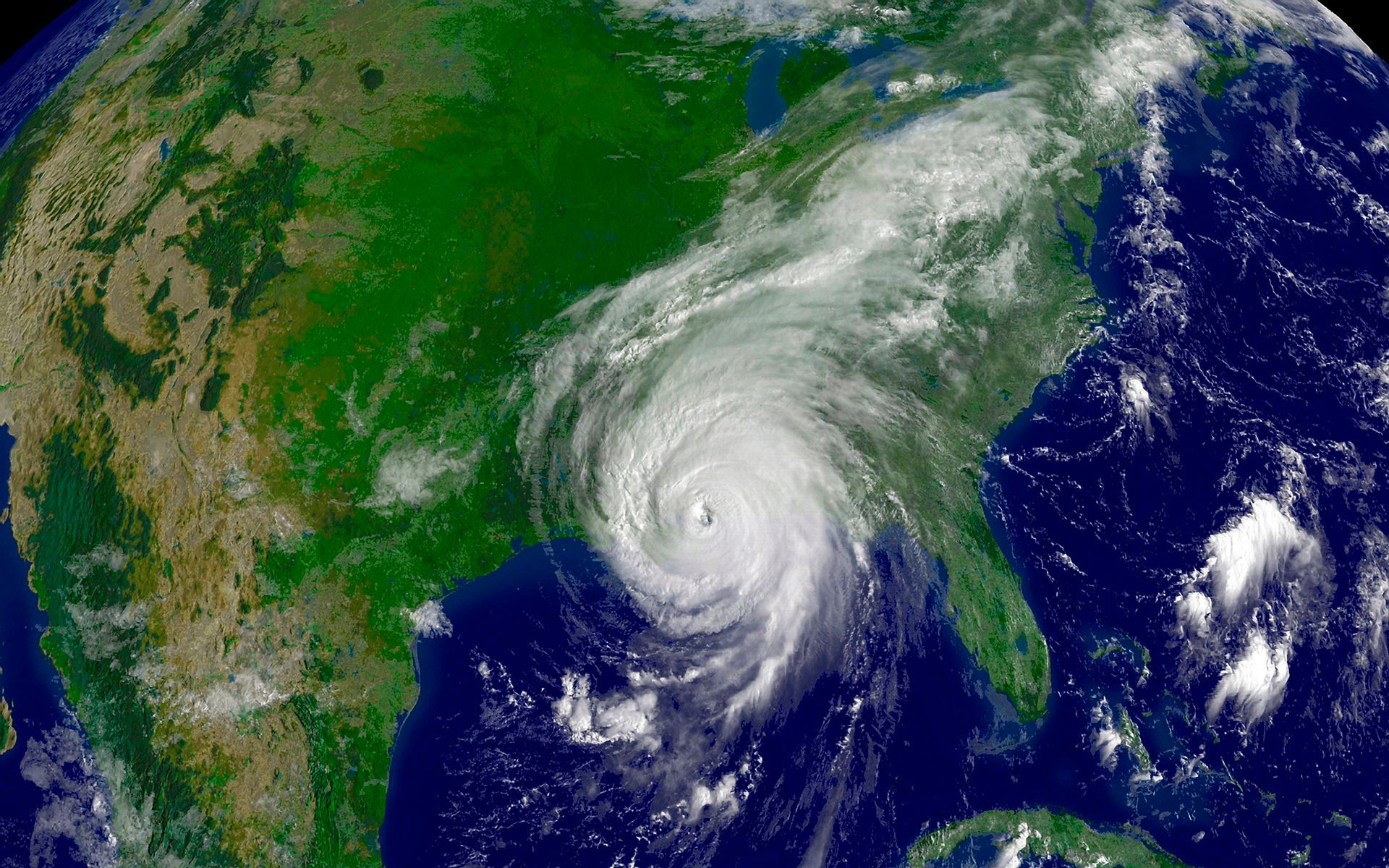
BUSINESS HOURS
- Mon - Fri
- -
- Saturday
- -
- Sunday
- Closed
License #: CCC1326517

